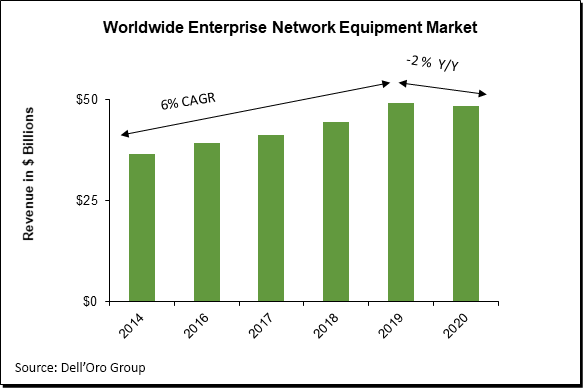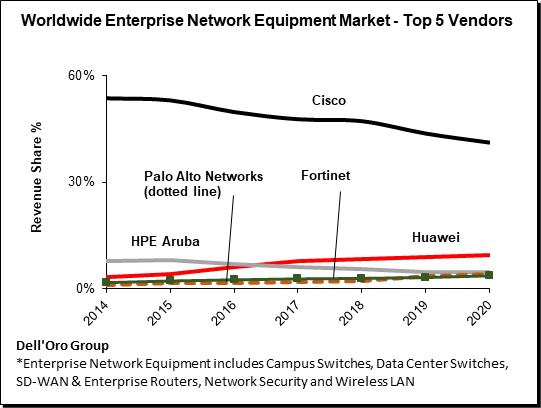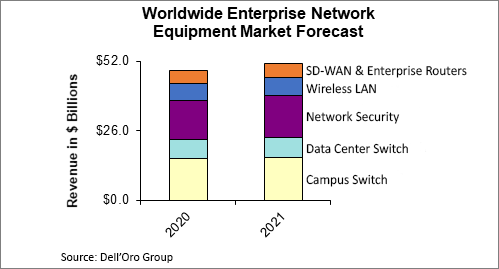Today, Huawei presented an update on its CloudCampus business which is thriving. A message that resonated with me was how people embracing digital services and applications triggers the need for equipment with more intelligence and bandwidth. For example, the widespread adoption of mobile application-based financial transactions instead of credit card-based transactions requires big infrastructure changes with financial institutions. People in China are spearheading new technology adoption and in particular, with mobile applications. New technology adoption is the Chinese culture. This was particularly evident to me in a coffee shop in Shenzhen about a year ago. It was late afternoon in the business district and the shop was bustling with people seeking a caffeine lift. There must have been over 50 people—not one of them paid with cash or a credit card—all paid with their mobile phone. I have not seen that level of adoption in other regions of the world—yet.
Within enterprise networks, Huawei is seeing strong demand for upgrades to Wi-Fi 6 as enterprises move to large-scale deployment. Demand is from several vertical industries: manufacturing seeks automated optical inspection to increase production yields; agriculture seeks automation for stocktaking, feeding, and cleaning robots; universities and general commerce businesses are adding sensors creating smart campuses, smart buildings. Interruption-free and consistent service across heterogeneous Wi-Fi networks is also driving network upgrades.
In 2020, the adoption of Wi-Fi 6 in China climbed to just over 40% of overall Wireless LAN market sales, compared to just over 30% for all regions excluding China. We have been meeting (virtually) with many companies in the Wireless LAN market in the past few weeks and have learned that since January, similar to Huawei, others are seeing gigantic demand for Wi-Fi 6 and that demand for older technologies are “falling off a cliff”.
I question whether massive government spending in many countries could be bringing a multi-year technology transformation such as what “The New Deal” brought in public works (bridges, highways, sewage systems, buildings, etc.) after the Great Depression? If yes, Wi-Fi will certainly be a winning technology.



 About the Report
About the Report